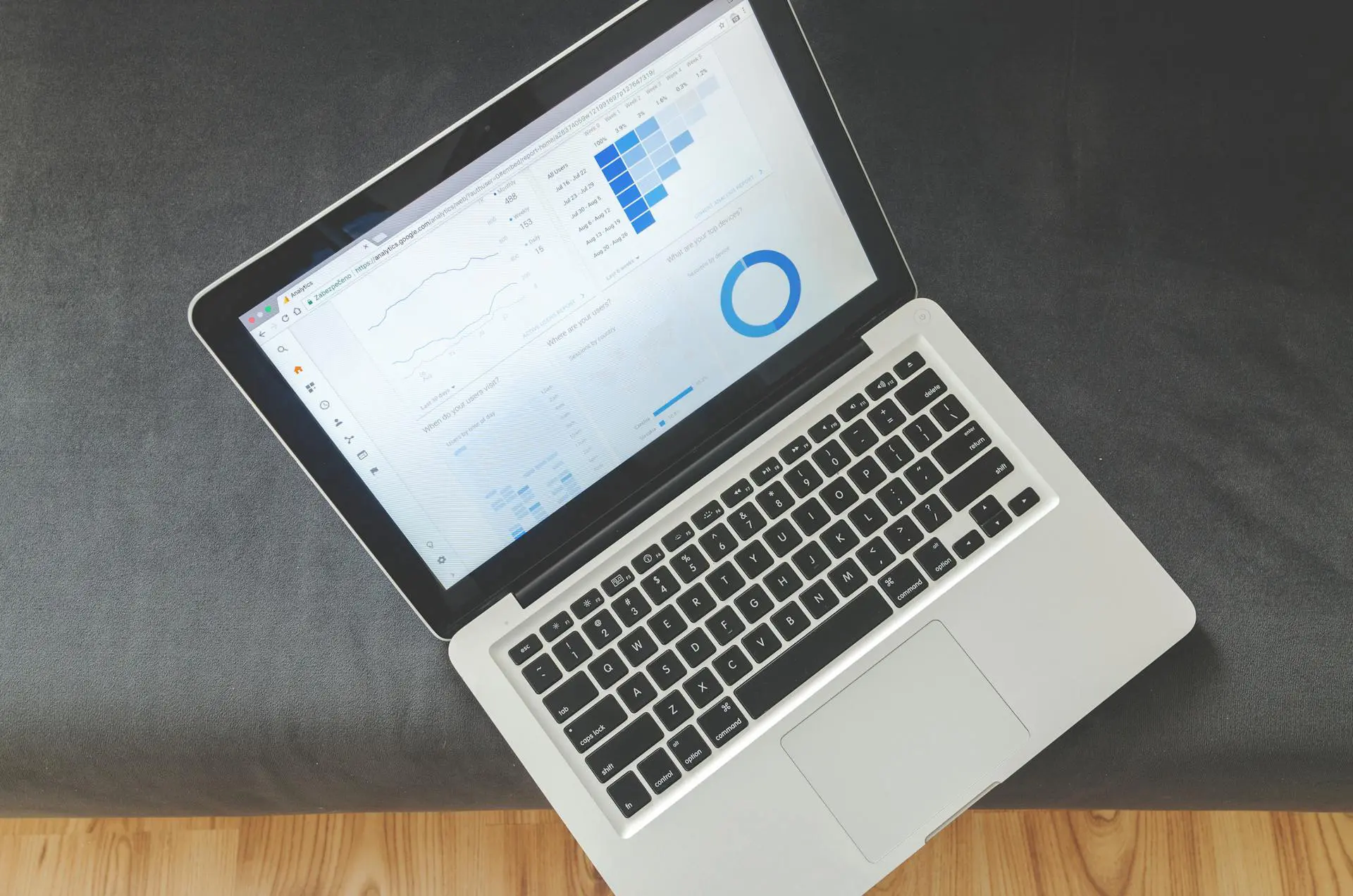HR data governance is essential today to build a workforce pipeline that attracts the best talent. It involves managing employee data to drive strategic decisions, from optimizing recruitment to boosting retention. Imagine being able to predict which candidates are likely to become top performers or identifying the exact training programs that lead to career advancement. That’s the power of well-governed HR data.
With privacy laws like GDPR and an increased focus on data-driven HR, good data governance has become crucial. It’s not just about protecting sensitive information like salary details or performance reviews; it’s about turning this data into actionable insights.
Effective employee data governance tackles real HR challenges. For instance, it can help reduce time-to-hire by ensuring recruitment data is accurate and accessible, or improve employee engagement by providing managers with timely, reliable feedback data. It involves various roles, from HRIS managers to compliance officers, working together to maintain data quality across multiple dimensions.
Implementing HR data governance requires a shift in thinking. It means equipping HR professionals with data skills and fostering an analytical mindset. By starting small – perhaps focusing on improving the quality of employee contact information – companies can build towards more complex initiatives, like predictive analytics for workforce planning.
This approach ensures that people data is compliant and a true strategic asset. It’s about using HR data to answer critical questions: Why are top performers leaving? How can we build more diverse teams? What’s the ROI of our learning and development programs? With good data governance, HR can provide these answers and drive better business outcomes.
Creating an HR data governance framework
To manage your HR data well, you need a solid HR data governance framework.
Start by clearly outlining who owns and manages HR data. This means assigning specific data quality tasks to individuals or teams. Then, create and enforce quality standards for all HR data. Also define what’s acceptable for accuracy, completeness, and timeliness for different types of HR data.
Next, develop rules for how HR data is accessed, used, and protected. This includes setting up role-based access and following privacy laws. Create a document that outlines your HR data governance goals, how you’ll measure success, and the different roles and responsibilities within your data governance team.
It’s also important to set up formal groups, like data governance councils, to oversee HR data governance. Include people from HR, IT, legal, and other relevant departments, and ensure they follow standard processes for collecting, storing, using, and disposing of data.
Finally, set up processes and tools to manage metadata for HR data. This includes creating data dictionaries and keeping records of data sources and definitions. Implementing these elements will build a strong foundation for effective HR data governance, helping your organization make the most of its HR data.
A closer look at HR data lifecycle management
Good HR data governance means managing data well throughout its lifecycle. Here’s what that involves:
- Collecting and entering data: Create standard ways to collect and enter HR data. This includes guidelines for data entry, validation checks, and training for staff who enter data to ensure accuracy from the start.
- Keeping data up to date: Set up processes to review and update HR data regularly, including data cleaning and quality checks to spot and fix any errors.
- Storing and disposing of data: Develop rules for how long to keep different types of HR data and how to archive or dispose of it when it’s no longer needed. Make sure these rules follow legal requirements.
- Syncing data: Put processes and tech in place to keep HR data consistent across different systems. This includes managing how data flows between HR, payroll, and other HR-related systems.
- Backing up data: Use robust backup and recovery processes for HR data to ensure business continuity if data is lost or systems fail. Test these processes regularly to make sure they work.
- Managing data migrations: Develop strategies for managing data migrations when upgrading or changing systems, including planning for data mapping, cleaning, and validation during migrations.
- Using master data management (MDM): Use MDM best practices for critical HR data like employee records. This ensures one reliable source of truth for essential HR data across the organization.
Technology and tools for HR data governance
Make sure your data governance tools work well with your existing HR, payroll, and other HR-related systems. This helps keep data consistent across all HR data sources. Look for opportunities to automate data governance processes such as data quality checks, metadata updates, and compliance monitoring to reduce manual work and minimize errors.
You should also use tools to visualize and report on HR data quality metrics and governance KPIs easily. This will help you track progress and show stakeholders the value of data governance.
Remember, HR data is among the most sensitive information a business can hold, so make sure your solution of choice lets you control and monitor access. This ensures that only authorized people can access sensitive information, enhancing data security and privacy.
6 tips for fostering a data governance culture in HR
Creating a culture that values HR data governance is critical to long-term success. Here’s how to do it:
- Develop thorough training programs on data governance for HR staff and others who handle HR data. Cover data privacy, security best practices, and why data quality matters. Regular training ensures everyone understands their role in keeping data accurate.
- Show the value of high-quality data and analytics in HR processes. Demonstrate how reliable data leads to better insights and smarter decisions, encouraging a data-focused approach across HR.
- Implement strategies to continually enhance data governance practices. This might include regular reviews of governance policies, asking for feedback, and staying up to date with industry best practices. Continuous improvement ensures that your HR data governance stays effective and relevant.
- Develop strategies to help employees adapt to new data governance practices and technologies. Clear communication about why changes are happening, and their benefits, can help overcome resistance and encourage adoption.
- Create a group of data stewards across the organization to champion data governance practices and help others. These individuals can spread best practices and foster a culture of data responsibility.
- Implement programs to recognize employees who demonstrate good data governance practices or help improve data quality. Incentives can motivate staff to prioritize data governance in their daily work.
By implementing these strategies, organizations can create a culture where employee data governance is valued and prioritized, leading to more effective data management practices.
Share this post
Featured Resources
No featured post selected.






















































